SUMMIT FINISH: LEARNING TO CLIMB WITH THE BEST
While watching the Giro dʼItalia this year, or any grand tour for that matter, you may have noticed that the crux of the three weeks on the road almost invariably come down to the mountain stages. Riders thread for thousands of kilometers through countryside and towns that are passed in the blink of an eye. Sprint finishes may be momentarily exciting but anyone watching knows that the real race doesnʼt begin until the road heads upward.
For a sport that is, by most professional cyclistʼs accounts, the toughest in the world, climbing represents cyclingʼs greatest challenge. As Greg Lemond famously said, “it doesnʼt ever get easier, you just go faster.” Going faster sounds easy enough, but in practice, it requires plenty of sweat and dedication. Even if your plans donʼt include challenging for the Alpe dʼHuez summit finish in next yearʼs Tour de France, climbing faster is a goal many of us have, and with a few training tips in the right direction, you should be setting personal records by summerʼs end.
BUILD A BASE
Base kilometers are two of the most dreaded words in cycling. Everyone needs them, but not many do the work to get them. Base kilometers form the foundation upon which your endurance is built. Without having a foundation to build upon, your climbing will be spotty at best, with long climbs at threshold effort an impossibility.
What does building a base entail? It means getting on your bike and riding easy between z1 and z2 (for an explanation of these terms, see this training terminology guide) for a set amount of training hours per week. The sole purpose during the accumulation of a base is putting kilometers in the legs. You donʼt have to fret over times, speed, or whether you were dropped on the Saturday group ride during this period.
Building a base typically requires 4 to 12 weeks depending on your training intentions later on. If you are building towards a racing season or looking to challenge fast local riders, the longer the base period, the better. If you are aiming to simply improve your times and develop a more natural effort on the climbs, 4 to 6 weeks of base accumulation will be fine.
With so many hours spent cruising, donʼt let the sunʼs rays hit too hard. Stay shaded and keep the kilometers rolling.
GET THOSE METERS
The only way to improve your climbing is to do a lot of it, albeit slowly. During the aforementioned base period, try to include climbs throughout your rides, but not every day. During these rides climb slowly and donʼt exert yourself too much. The point here is to generally get used to the feeling of climbing often: You are normalizing the act of riding uphill.
While using an easier gear like your 12x25 or 11x28, gradually spin up the climb while focusing on keeping your core and upper body stable. When climbing, using your energy for anything but keeping your legs spinning is a waste and will slow you down over the length of the hill. For this reason, a very economical style of climbing is to stay seated with hands on top of the bars, making sure to feel your sit bones firmly planted on the saddle without sliding around.
Climbing out of the saddle is useful when there is a sudden gradient change or to anticipate the onset of lactic threshold (the feeling of your muscles burning and getting weaker) in your thighs and glutes. Climbing out of the saddle versus staying seated requires different muscle groups: by switching up, you can extend the duration of your efforts. Multiple grand-tour champion Alberto Contador recommends climbing out of the saddle for 30 minutes then seated for 30 minutes to build strength and endurance in both positions.
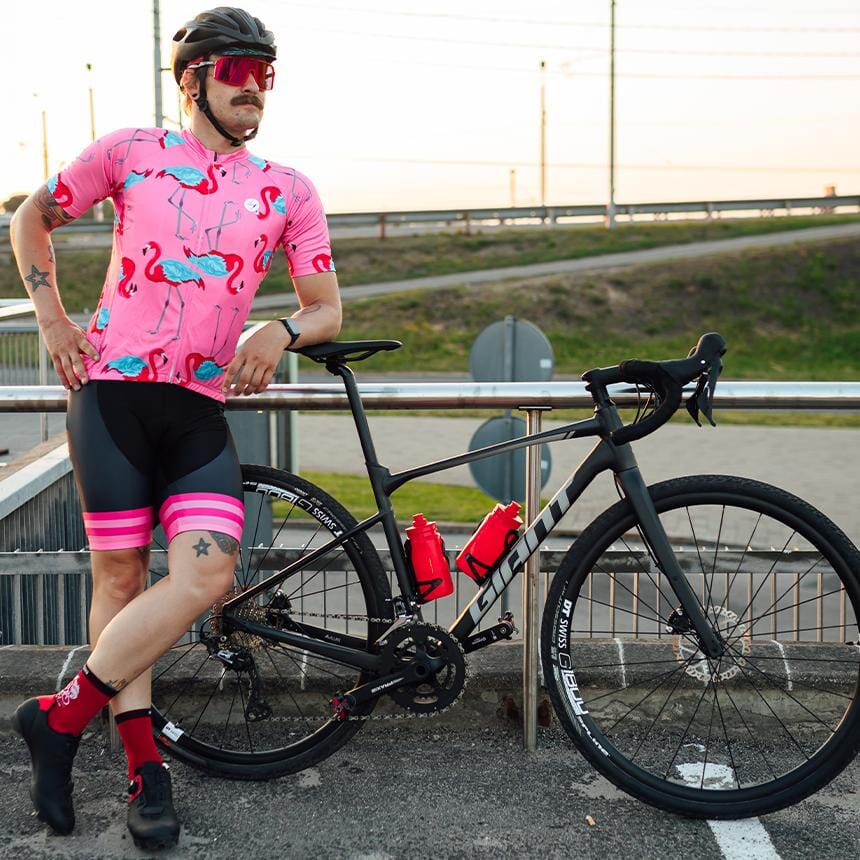

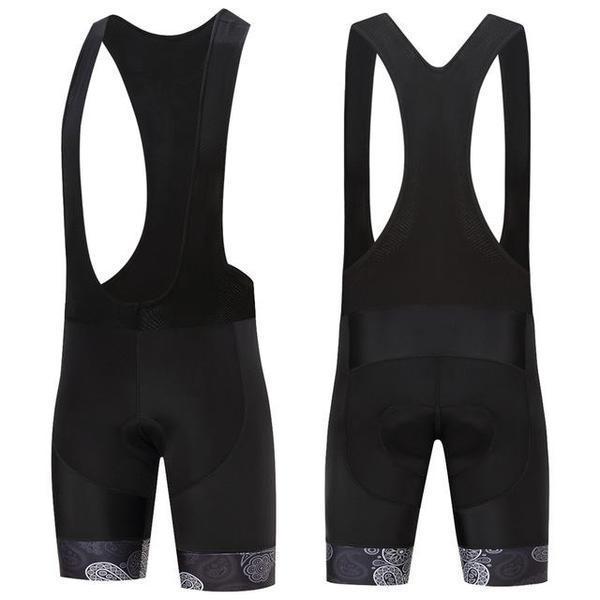
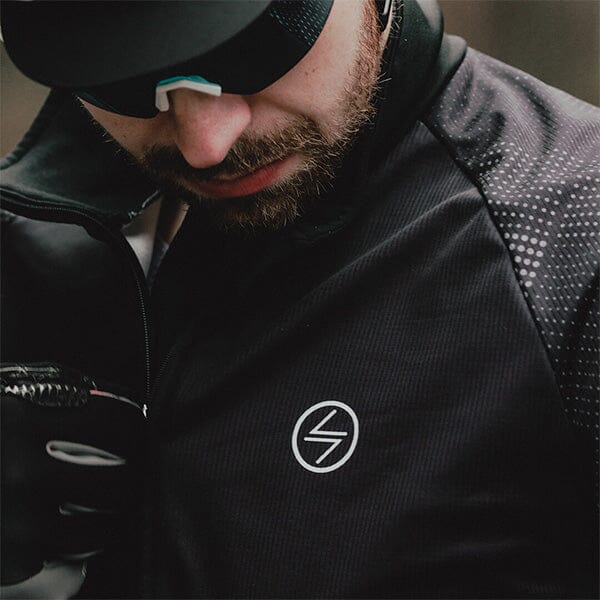
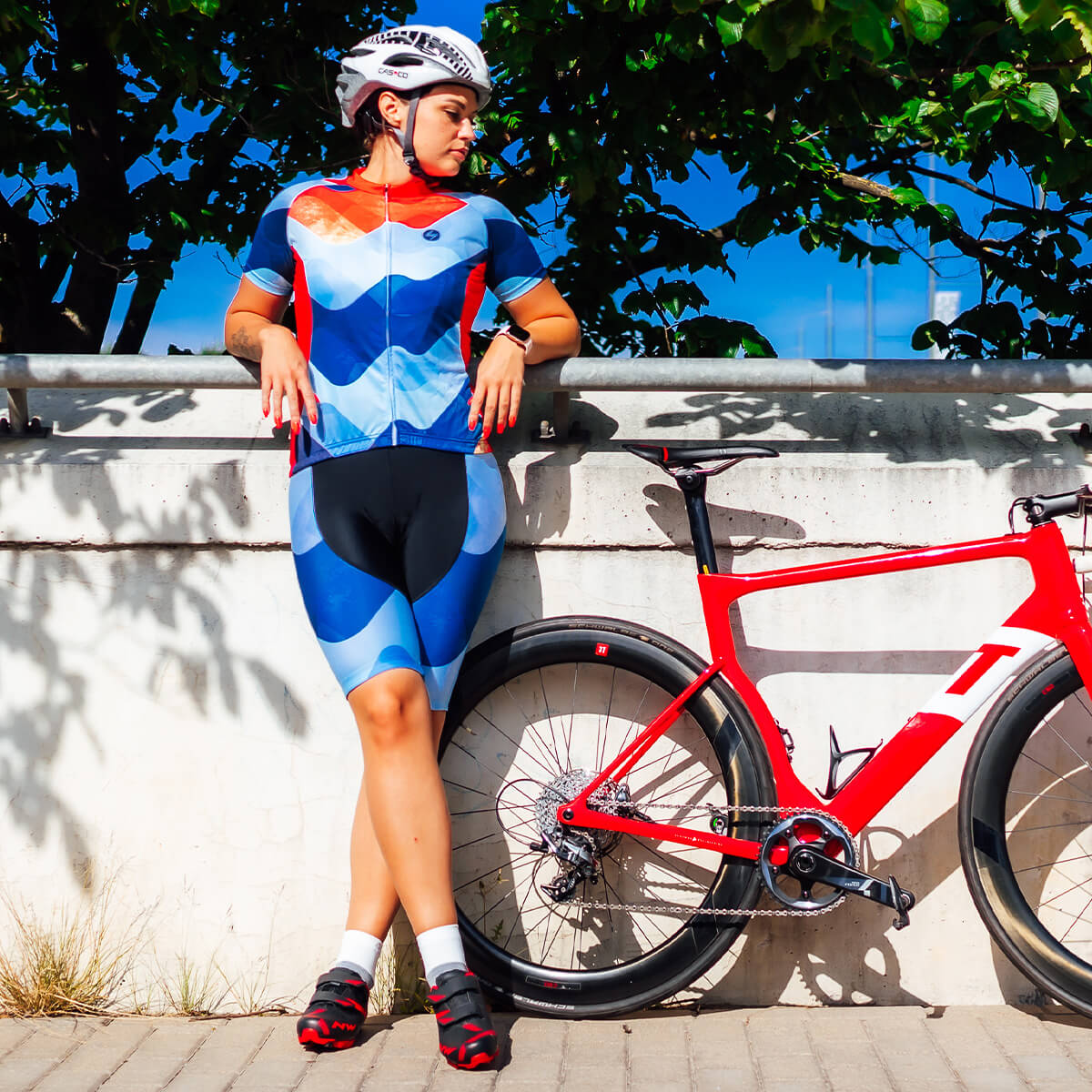

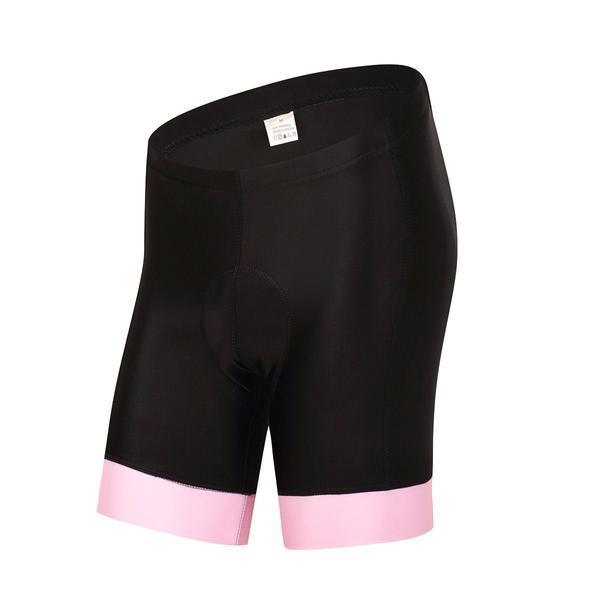
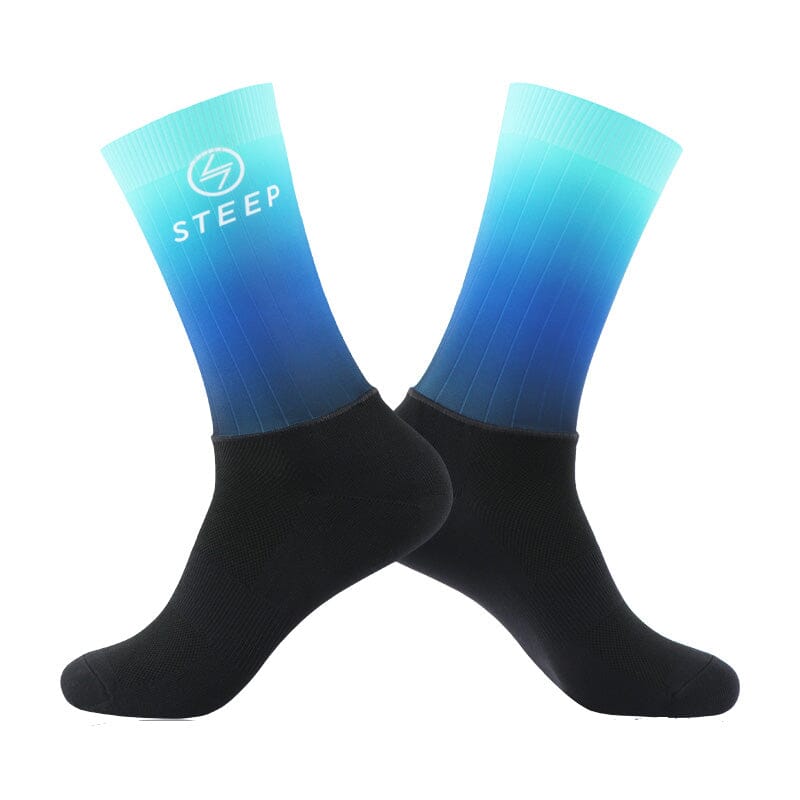
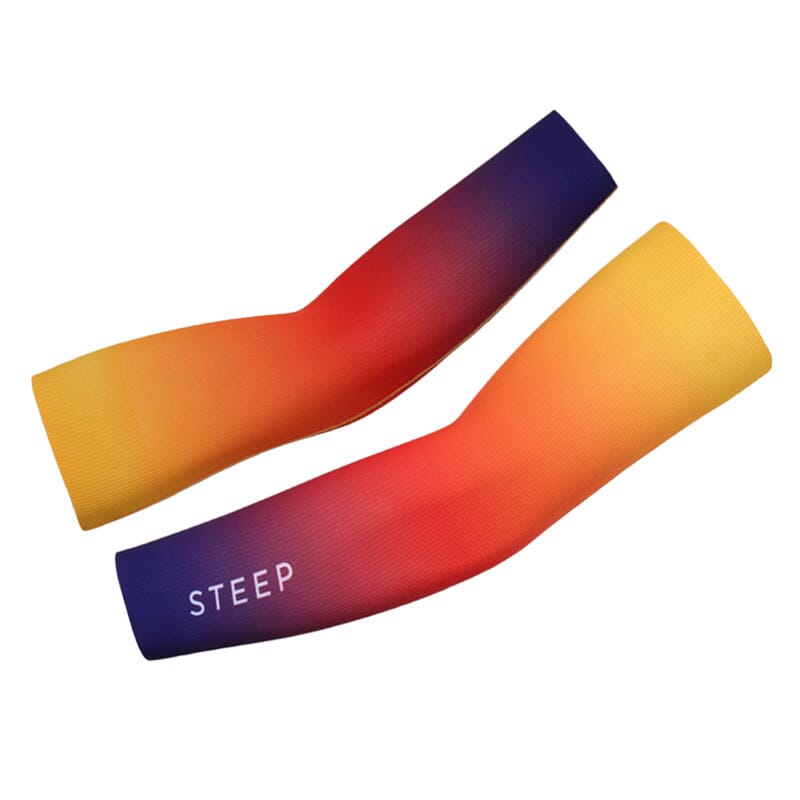






Leave a comment